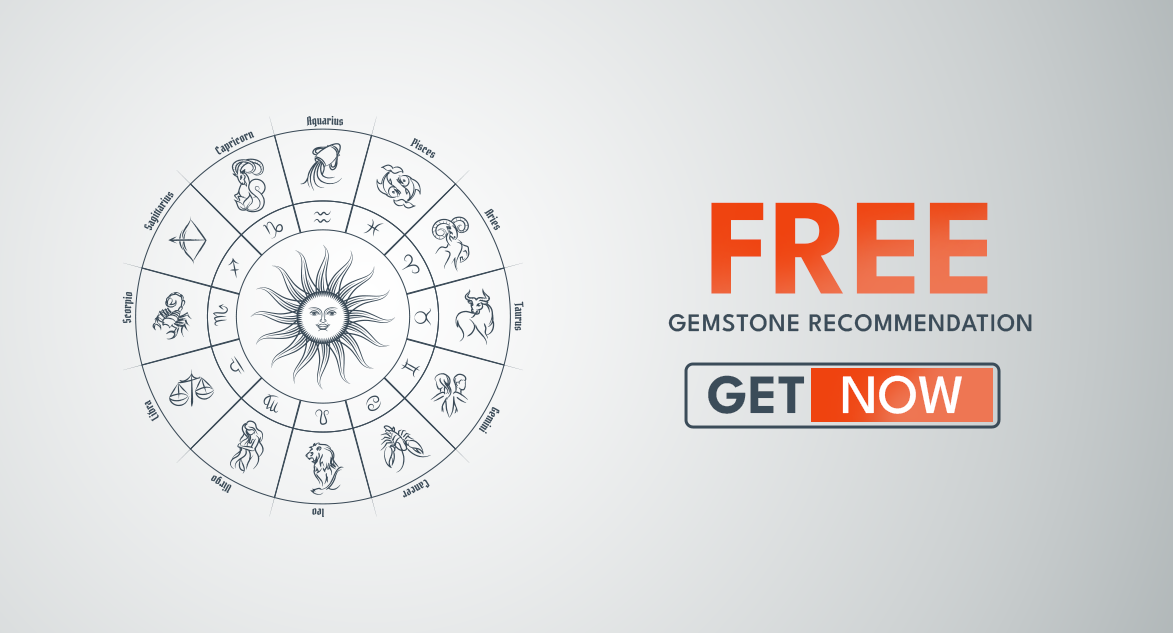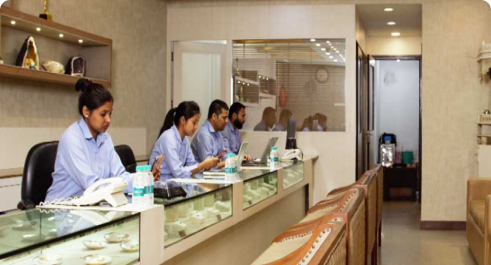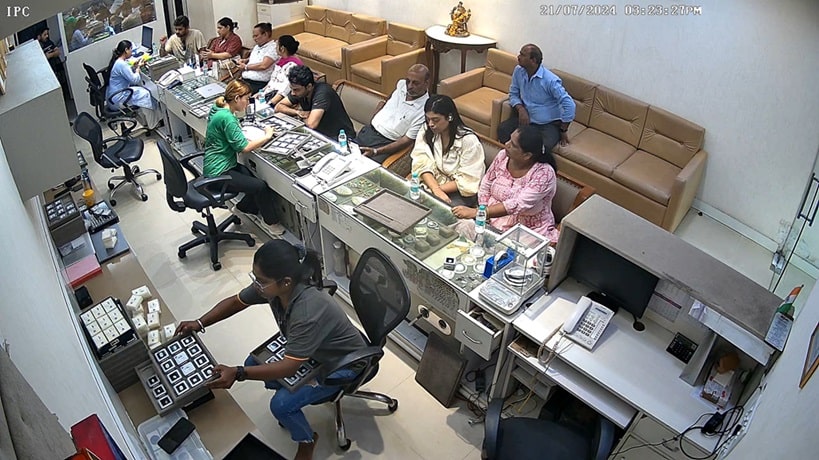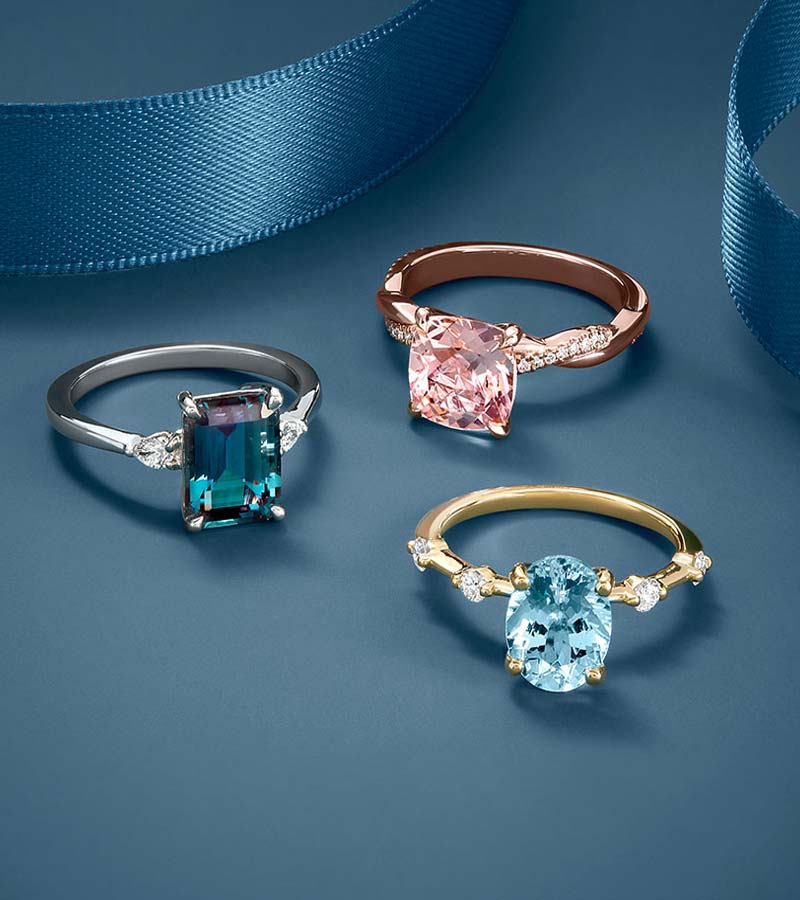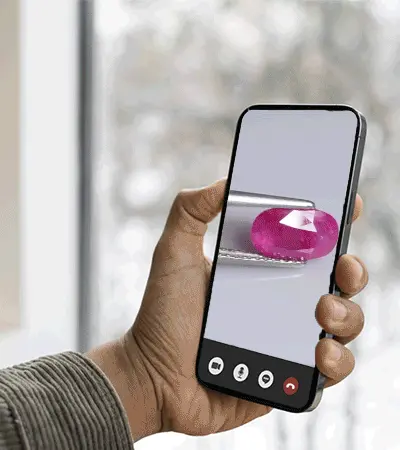When purchasing gemstones such as a certified yellow sapphire, certified emerald stone, or a natural original ruby stone, one of the most important documents to review is the lab certificate. This document offers detailed information about the gemstone, including its authenticity, quality, and the standards it meets. Knowing how to read a lab certificate can help buyers ensure they are making a well-informed purchase. Here's a step-by-step guide on how to interpret these certificates for certified moonga stones, certified yellow sapphires, and more.
1. Understanding the Basics of a Gemstone Lab Certificate
A lab certificate (often referred to as a gemological report) is issued by a recognized gemological laboratory, such as the Gemological Institute of America (GIA) or the International Gemological Institute (IGI). It contains important details about the gemstone's characteristics, including its authenticity, size, quality, and sometimes its origin. The certificate ensures that the gemstone is real and has been evaluated according to international standards.
Typically, a certificate will include the following key details:

- Gemstone Type: The exact type of gemstone, such as certified yellow sapphire, natural original emerald stone, or natural original ruby stone.
- Identification Number: A unique number to track the gemstone’s certificate.
- Shape and Cut: Describe the gemstone’s shape (round, oval, etc.) and how it has been cut.
- Size (Carat Weight): The weight of the gemstone, typically listed in carats.
- Color: The gemstone’s color grade, which is a critical factor in determining its value. For example, a certified yellow sapphire will specify the exact shade of yellow.
- Clarity: The presence of inclusions or flaws within the gemstone. The clearer the stone, the more valuable it typically is.
- Treatment: Whether the gemstone has been treated or enhanced in any way, such as heat treatment or fracture filling.
- Origin: Where the gemstone was mined, which can influence its value, particularly for stones like natural original ruby stones.
2. Gemstone Type and Identification
The first section of a lab certificate identifies the gemstone and provides details such as the certified emerald stone or natural original ruby stone. The certificate will mention the specific type of gemstone, whether it's a natural or treated version. For example, it will clearly state if the stone is a natural original emerald stone or a certified moonga stone (a red coral used in astrology). The authenticity of the gemstone is confirmed, assuring the buyer that it is not synthetic or artificially enhanced.
3. Shape, Cut, and Dimensions
Next, the certificate will describe the shape (e.g., round, oval, square, etc.) and the cut (how the gemstone has been shaped to optimize its brilliance and beauty). This information is crucial as the cut and shape affect the visual appeal and overall value of the gemstone. For example, a well-cut certified yellow sapphire will have a greater brilliance than a poorly cut one, increasing its desirability.
The certificate also includes the gemstone’s dimensions (length, width, and height). This is especially important for larger stones like a natural original ruby stone, where size plays a significant role in determining value.
4. Color Grading
One of the most important factors in evaluating a gemstone’s quality is its color. Gemstones like certified yellow sapphires and natural original emerald stones have specific color grading systems. For example, the color of a certified yellow sapphire will be graded based on its hue (yellow), tone (light to dark), and saturation (intensity of the yellow color). The higher the quality of the color, the more valuable the gemstone is.
The color section of the certificate will give the gemstone a color grade, helping you understand how it compares to other stones of the same type. For instance, a deeper, richer blue in a sapphire or a vibrant green in an emerald will typically fetch a higher price.
How to verify a Fake & Natural certificate
5. Clarity and Inclusions
Clarity refers to the presence of any internal or external flaws, called inclusions and blemishes. A higher clarity grade means fewer inclusions and a clearer stone, which is typically more valuable. A certified emerald stone may have natural inclusions, which are often tolerated in emeralds and can even add to the stone’s character. However, a natural original ruby stone with fewer inclusions is considered more valuable.
The clarity section of the certificate will list any imperfections that are visible under magnification, and these will be used to assign a clarity grade. A higher clarity grade indicates a stone with fewer or no visible inclusions, increasing its desirability.
6. Treatment Information
It’s important to know whether a gemstone has been treated to improve its color or clarity. Many gemstones, including sapphires and rubies, are treated to enhance their appearance. Certified moonga stones, for example, may sometimes undergo treatments like dyeing or heat treatment.
The certificate will indicate if the gemstone has undergone any treatments, as untreated gemstones typically command a higher value. Certified yellow sapphires or natural original emerald stones that are untreated are considered rarer and, in most cases, more valuable.
7. Origin of the Gemstone
The origin of a gemstone can significantly impact its value. For example, a natural original ruby stone from Myanmar (formerly Burma) is generally considered more valuable than a ruby from another location. The certificate will often specify the gemstone’s country of origin, and this information can give clues about its rarity and value. For certain gemstones like certified emerald stones, origin plays a key role in determining the price, with stones from Colombia often being highly prized.
8. Final Remarks and Certification Authority
Finally, the certificate will list the certification authority(e.g., GIA or IGI) and provide the signature of the gemologist who evaluated the gemstone. It is essential to verify that the certificate is from a reputable lab to ensure the accuracy and legitimacy of the information.
Conclusion
Reading a lab certificate for gemstones such as a certified yellow sapphire, natural original ruby stone, or certified moonga stone can seem complex at first, but by understanding the key components—gemstone type, shape, color, clarity, treatment, and origin—buyers can make confident, informed decisions. Always look for a certificate from a trusted gemological institute like GIA or IGI, as this ensures the gemstone's authenticity and quality, giving the buyer peace of mind in their investment.
 +919953660004
+919953660004 +18886144437
+18886144437 +44
8081965700
+44
8081965700








